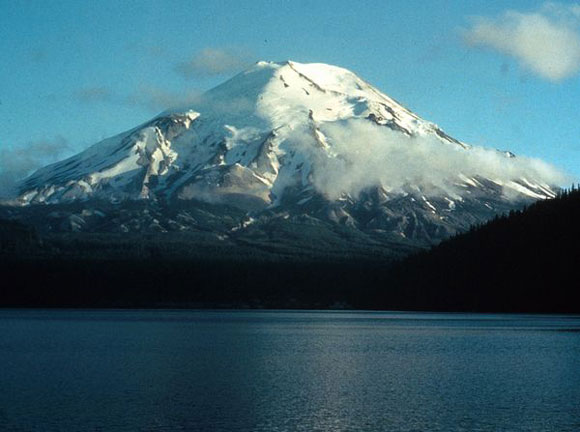Earthsky
2w
335

Image Credit: Earthsky
The Mount St. Helens deadly eruption was 45 years ago
- The catastrophic and deadly eruption of Mount St. Helens occurred on May 18, 1980, with a massive landslide and lateral blast destroying an area of 230 square miles in mere minutes.
- The eruption resulted in 57 fatalities, including volcanologist David A. Johnston and photojournalist Reid Blackburn.
- The devastating blast reduced the dense forest on the volcano's slopes to ash within the inner blast zone and caused damage even beyond.
- Lahars, mudflows from volcanic eruptions, formed rapidly and caused further destruction to nearby communities.
- Over the decades, the area affected by the 1980 eruption has slowly begun to rebound with new life.
- Mount St. Helens remains an active and dangerous volcano, monitored closely by the Cascades Volcano Observatory.
- Today, the volcano stands 8,366 feet high, significantly shorter than before the 1980 eruption, and is part of the Cascade Range in Washington.
- Since 1980, Mount St. Helens has experienced periodic earthquakes and eruptions, though not as severe as the 1980 event.
- The eruption had a lasting impact on the region, with memories of the tragedy still vivid after 45 years.
- Despite the destruction, the area around Mount St. Helens has shown signs of regeneration and recovery over time.
Read Full Article
20 Likes
For uninterrupted reading, download the app